Exploring the Past: Three Fascinating Archaeological Stories
Published in Ecology & Evolution, Genetics & Genomics, and Arts & Humanities

Browsing through the Arts and Humanities Community, I was drawn in by the interesting titles and eye-catching images of these three blog posts. But beyond their engaging presentation, the content was even more compelling.
Though all three blogs relate to archaeology, they each take us in completely different directions. From uncovering the deep environmental history of humans in the rainforests of Côte d'Ivoire, to examining how colonial-era photographs shaped narratives of power, to tracing the genetic and linguistic puzzle of Indo-European origins – these studies highlight the vast scope of archaeological research. Spanning environmental archaeology, archaeology and social issues, and prehistoric archaeology, they show how the past continues to shape our understanding of the world today.
Dive into these fascinating discoveries and ‘Behind–the–Paper' stories below!
Jungle Pioneers: How 150,000-Year-Old Tools Rewrite Our Ecological Origins
@Eleanor Scerri
In a blog post looking at behind the scenes of their recent paper in Nature, Eleanor Scerri introduces new discoveries from Côte D'Ivoire’s ecosystem diversity.
Drawing on childhood interests and curiosity about the emergence of our species, Eleanor Scerri and the team set up a major research project across West Africa - one of the least understood regions in human evolutionary history. Despite expected challenges - including when the COVID-19 pandemic abruptly cut their five-week excavations short - the team were able to ascertain a link between humans and rainforests in Africa. The team uncovered the tool dating to 150 thousand years ago – the oldest evidence of humans in African rainforests. For the first time they could ascertain a link between humans and rainforests in Africa, the home of our species. That age was more than double the previously known age estimates for humans in rainforests anywhere else. Each new piece of evidence brought them closer to answering long-standing questions–while simultaneously raising many new ones. Read the full post here to follow this fascinating journey.
“Photographs Are Not Simply Images of Something”
@Dr Isabelle Vella Gregory
Photographs are not simply images of something and archaeology is not simply about uncovering humanity's past.
This thought-provoking statement from a blog post by Dr Isabelle Vella Gregory, whose research is published in African Archaeological Review, sets the stage for a deep dive into the power of images in shaping historical narratives.
What can a photograph hide? This is the question at the heart of a fascinating investigation into Henry Wellcome’s early 20th-century excavation of Jebel Moya, Sudan. On the surface, the images depict order, discipline, and scientific progress. Neatly arranged excavation sites, Sudanese workers lined up in perfect rows–everything staged to present Wellcome’s vision of “civilizing” the region. But dig a little deeper, and a different story emerges. Through meticulous analysis, the researchers uncover how these photographs were not just records but carefully constructed tools of colonial power.
As the story concludes, “photographs are not exclusively visual; they are a culturally constructed way of seeing, and archaeologists have a social responsibility to communities in the present.” Read the full post and see the photographs here.
The Oldest Linguistic Puzzle
@Iosif Lazaridis
A meeting in 2010 between geneticist Nick Patterson and archaeologist David Anthony sparked a 15-year collaboration to solve a 250-year-old mystery: where did Indo-European languages originate? Their research was published in Nature, and the stories behind this research are introduced in a blog post by Iosif Lazaridis.
At first, their findings seemed to confirm Anthony’s theory that the Yamnaya spread the Proto-Indo-European languages. But another mystery remained: Anatolian languages, such as Hittite, were distinct from other Indo-European branches and showed little genetic evidence of Yamnaya migration. The answer lay deeper in time. By analyzing ancient DNA from across the steppe and the Caucasus, the team uncovered a crucial ancestral population – people who migrated from the Caucasus-Volga region northward, mixing with local steppe groups to eventually form the Yamnaya. This new discovery bridges the gap between competing theories, showing how complex interactions of migration, technology, and cultural exchange shaped the linguistic landscape of half the world today. This blog post explains how they combine genetics and archaeology to trace the movements of the Yamnaya people – horse-riding pastoralists from the Eurasian steppe – who expanded across Europe and Asia around 3000 BCE. Read the full post here to know more about this linguistic puzzle.
-------------
Join the conversation and explore more!
These three blog posts showcase the diversity and depth of archaeological research, from environmental archaeology to the study of social narratives and prehistoric migrations. Each offers a unique perspective on how we uncover and interpret the past.
If you enjoyed reading these posts, why not let the authors know? Give them a like or leave a comment to share your thoughts – we’d love to hear your perspectives!
And if you’re looking for more fascinating research stories, head over to the Behind the Paper channel to explore more behind-the-scenes discoveries. You can also check out Highlights from Medicine and Life Sciences Research Communities, Highlights from Mathematics, Physical and Applied Sciences Communities and Top Posts from the Research Communities in 2024, and let us know which ones caught your attention! Happy reading!
Further reading:
-------------
If you have any questions, get in touch with the team at communities@springernature.com
Follow the Topic
-
Nature

A weekly international journal publishing the finest peer-reviewed research in all fields of science and technology on the basis of its originality, importance, interdisciplinary interest, timeliness, accessibility, elegance and surprising conclusions.
-
African Archaeological Review

African Archaeological Review is a scholarly journal highlighting the contributions of the African continent to global archaeological studies.
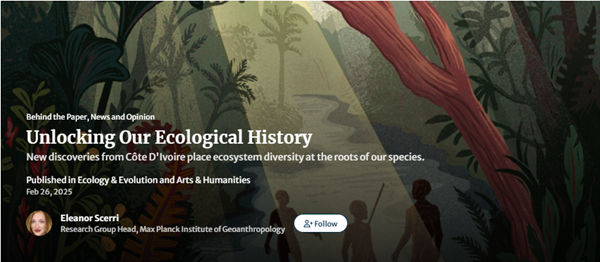
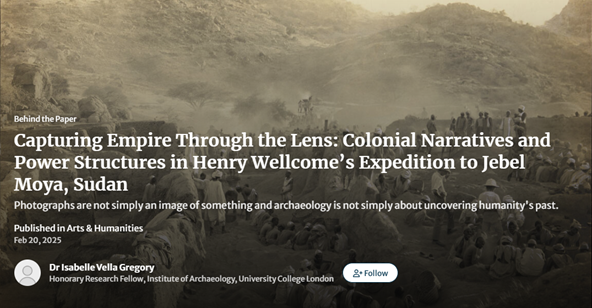
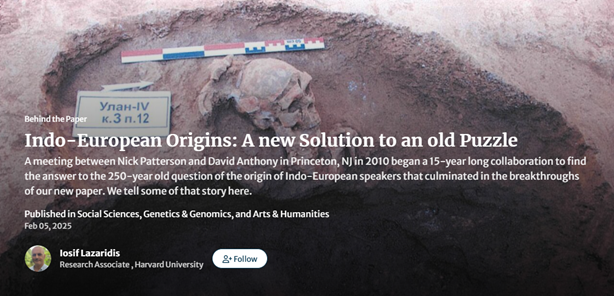
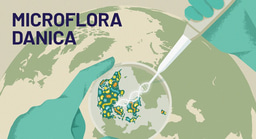
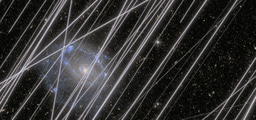



Please sign in or register for FREE
If you are a registered user on Research Communities by Springer Nature, please sign in
Thank you so much - and delighted to see fellow Maltese archaeologist Eleanor Scerri also mentioned here :)
Thank you so much for your great blog post as well! I'm delighted to hear that you enjoyed the post and appreciated the mention of Eleanor Scerri. If you haven't already, I highly recommend giving a like to her blog post and joining the conversation in the comments section there. Your insights would be a valuable addition! :)